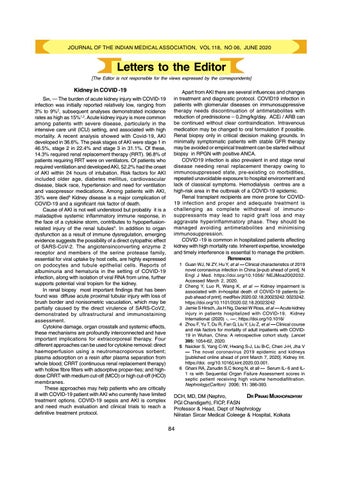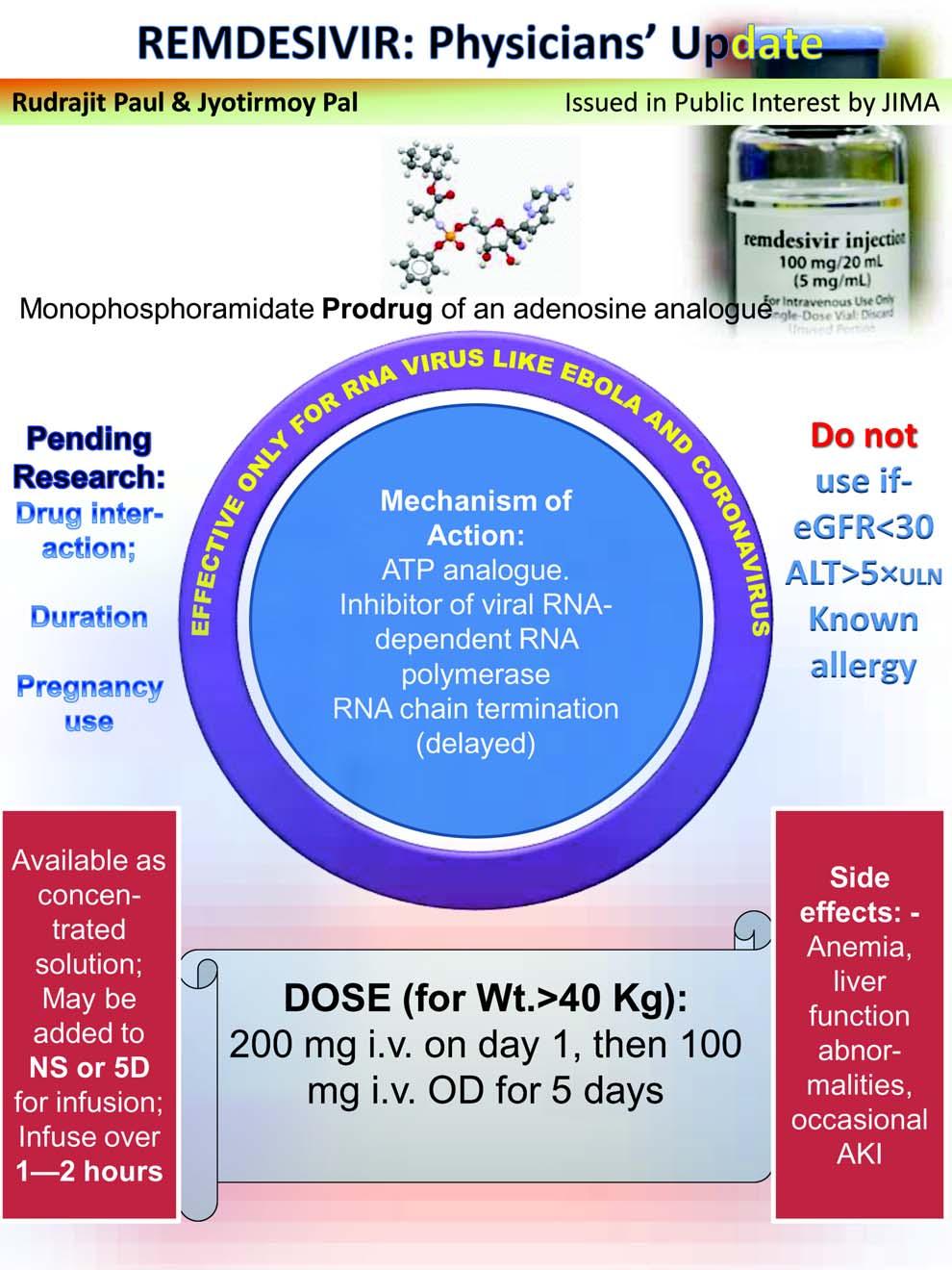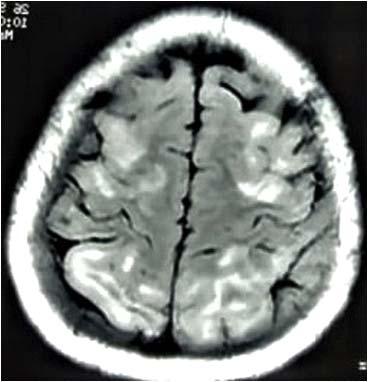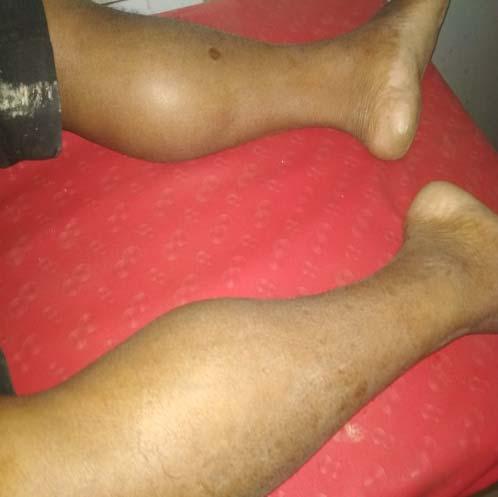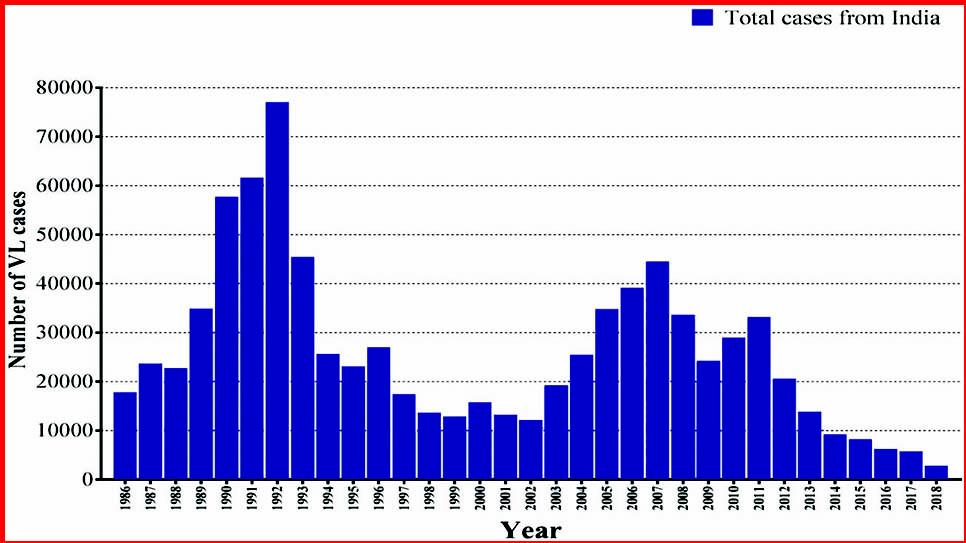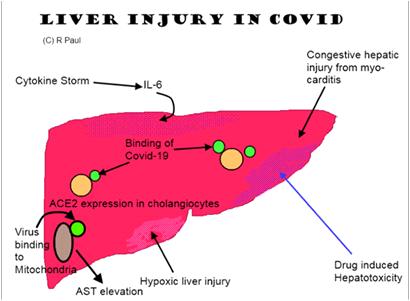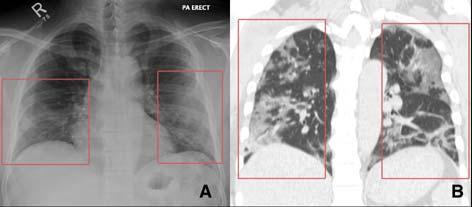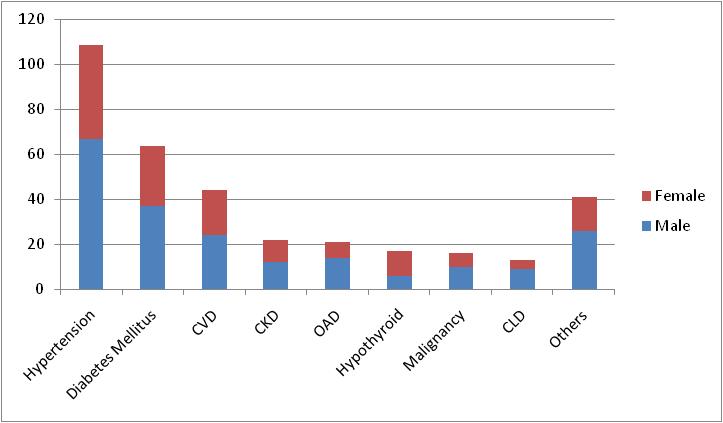JOURNAL OF THE INDIAN MEDICAL ASSOCIATION, VOL 118, NO 06, JUNE 2020
Letters to the Editor [The Editor is not responsible for the views expressed by the correspondents]
Kidney in COVID -19 SIR, — The burden of acute kidney injury with COVID-19 infection was initially reported relatively low, ranging from 3% to 9%2, subsequent analyses demonstrated incidence rates as high as 15%1,2. Acute kidney injury is more common among patients with severe disease, particularly in the intensive care unit (ICU) setting, and associated with high mortality. A recent analysis showed with Covid-19, AKI developed in 36.6%. The peak stages of AKI were stage 1 in 46.5%, stage 2 in 22.4% and stage 3 in 31.1%. Of these, 14.3% required renal replacement therapy (RRT). 96.8% of patients requiring RRT were on ventilators. Of patients who required ventilation and developed AKI, 52.2% had the onset of AKI within 24 hours of intubation. Risk factors for AKI included older age, diabetes mellitus, cardiovascular disease, black race, hypertension and need for ventilation and vasopressor medications. Among patients with AKI, 35% were died3 Kidney disease is a major complication of COVID-19 and a significant risk factor of death. Cause of AKI is not well understood but probably it is a maladaptive systemic inflammatory immune response, in the face of a cytokine storm, contributes to hypoperfusionrelated injury of the renal tubules5. In addition to organ dysfunction as a result of immune dysregulation, emerging evidence suggests the possibility of a direct cytopathic effect of SARS-CoV-2. The angiotensinconverting enzyme 2 receptor and members of the serine protease family, essential for viral uptake by host cells, are highly expressed on podocytes and tubule epithelial cells. Reports of albuminuria and hematuria in the setting of COVID-19 infection, along with isolation of viral RNA from urine, further supports potential viral tropism for the kidney. In renal biopsy most important findings that has been found was diffuse acute proximal tubular injury with loss of brush border and nonisometric vacuolation, which may be partially caused by the direct virulence of SARS-CoV2, demonstrated by ultrastructural and immunostaining assessment. Cytokine damage, organ crosstalk and systemic effects, these mechanisms are profoundly interconnected and have important implications for extracorporeal therapy. Four different approaches can be used for cytokine removal: direct haemoperfusion using a neutromacroporous sorbent; plasma adsorption on a resin after plasma separation from whole blood; CRRT (continuous renal replacement therapy) with hollow fibre filters with adsorptive proper-ties; and highdose CRRT with medium cut-off (MCO) or high cut-off (HCO) membranes. These approaches may help patients who are critically ill with COVID-19 patient with AKI who currently have limited treatment options. COVID-19 sepsis and AKI is complex and need much evaluation and clinical trials to reach a definitive treatment protocol.
Apart from AKI there are several influences and changes in treatment and diagnostic protocol. COVID19 infection in patients with glomerular diseases on immunosuppressive therapy needs discontinuation of antimetabolites with reduction of prednisolone – 0.2mg/kg/day. ACEi / ARB can be continued without clear contraindication. Intravenous medication may be changed to oral formulation if possible. Renal biopsy only in critical decision making grounds. In minimally symptomatic patients with stable GFR therapy may be avoided or empirical treatment can be started without biopsy in RPGN with positive ANCA. COVID19 infection is also prevalent in end stage renal disease needing renal replacement therapy owing to immunosuppressed state, pre-existing co morbidities, repeated unavoidable exposure to hospital environment and lack of classical symptoms. Hemodialysis centres are a high-risk area in the outbreak of a COVID-19 epidemic. Renal transplant recipients are more prone for COVID19 infection and proper and adequate treatment is challenging as complete withdrawal of immunosuppressants may lead to rapid graft loss and may aggravate hyperinflammatory phase. They should be managed avoiding antimetabolites and minimising immunosuppression. COVID -19 is common in hospitalized patients affecting kidney with high mortality rate. Inherent expertise, knowledge and timely interference is essential to manage the problem. REFERENCES 1 Guan WJ, Ni ZY, Hu Y, et al — Clinical characteristics of 2019 novel coronavirus infection in China [e-pub ahead of print]. N Engl J Med. https://doi.org/10.1056/ NEJMoa2002032. Accessed March 2, 2020. 2 Cheng Y, Luo R, Wang K, et al — Kidney impairment is associated with in-hospital death of COVID-19 patients [epub ahead of print]. medRxiv 2020.02.18.20023242. 0023242. https://doi.org/10.1101/2020.02.18.20023242 3 Jamie S Hirsch, Jia H Ng, Daniel W Ross, et al — Acute kidney injury in patients hospitalized with COVID-19, Kidney International (2020) -, -–-; https://doi.org/10.1016/ 4 Zhou F, Yu T, Du R, Fan G, Liu Y, Liu Z, et al — Clinical course and risk factors for mortality of adult inpatients with COVID19 in Wuhan, China: A retrospective cohort study. Lancet 395: 1054-62, 2020. 5 Naicker S, Yang C-W, Hwang S-J, Liu B-C, Chen J-H, Jha V — The novel coronavirus 2019 epidemic and kidneys [published online ahead of print March 7, 2020]. Kidney Int. https://doi. org/10.1016/j.kint.2020.03.001. 6 Ghani RA, Zanudin S,C tkong N, et all — Serum IL- 6 and IL1 ra with Sequential Organ Failure Assessment scores in septic patient receiving high volume hemodiafiltration. Nephrology(Carlton) 2006; 11: 386-393.
DCH, MD, DM (Nephro, DR PINAKI MUKHOPADHYAY PGI Chandigarh), FICP, FASN Professor & Head, Dept of Nephrology Nilratan Sircar Medical Coleege & Hospital, Kolkata
84
